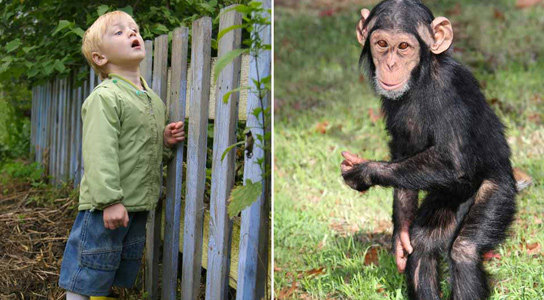
Human brains make synaptic connections throughout much of childhood, and the brain’s plasticity enables humans to slowly wire them based upon experiences. The number of synapses in humans peaked at the age of 4 but in macaques and chimps, they were at their peak shortly after birth.
Human brains make synaptic connections throughout much of childhood, and the brain’s plasticity enables humans to slowly wire them based upon experiences, contrary to how chimpanzees develop. Humans and chimpanzees share 98.8% of the same genes, but scientists have been looking for what drives the unique cognitive and social skills of humans.
A new study, which was published today in Genome Research, that examined brain samples from humans, chimpanzees, and macaques, collected from birth up to the end of their life span, has found some key differences between the expression of genes that control the development and function of synapses, which are the connections between neurons through which information flows.
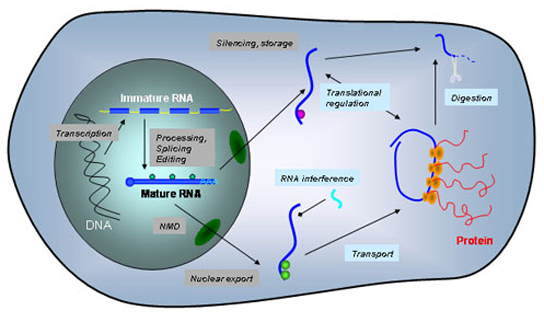
The researchers analyzed the expression of 12,000 genes, which were part of the transcriptome, from each of the species. They discovered that 702 genes in the prefrontal cortex (PFC) of humans had a pattern of expression that differed from the other species. The PFC plays a central role in social behavior, working towards goals and reasoning. Chimps had only 55 unique expressions of patterns in their PFC.
Some of the genes in humans were turned on high from birth up until the age of 5, whereas the same genes in chimpanzees and macaques switched off right after birth. The number of synapses in humans peaked at the age of 4 but in macaques and chimps, they were at their peak shortly after birth.
The work has shown the advantage of a prolonged childhood for humans. The researchers suggested that this might also be the key that differentiated humans from Neanderthals, since evidence has shown that they had faster cranial and dental development than modern humans.
Reference: “Extension of cortical synaptic development distinguishes humans from chimpanzees and macaques” by Xiling Liu, Mehmet Somel, Lin Tang, Zheng Yan, Xi Jiang, Song Guo, Yuan Yuan, Liu He, Anna Oleksiak, Yan Zhang, Na Li, Yuhui Hu, Wei Chen, Zilong Qiu, Svante Pääbo and Philipp Khaitovich, 2 February 2022, Genome Research.
DOI: 10.1101/gr.127324.111



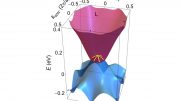


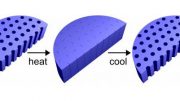

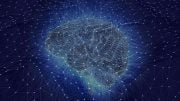
Pre-frontal cortex could be the reason for increased intelligence of human beings. We can identify broad forehead in humans when compared to ancient Neanderthals or Apes or even any other animal for that matter. The growth of knowledge during childhood called Paedeomorphosis and during adulthood called Pareomorphosis is longest in humans. The synaptic connection of neurons during much of the childhood in humans can thus be well understood. Thank You.